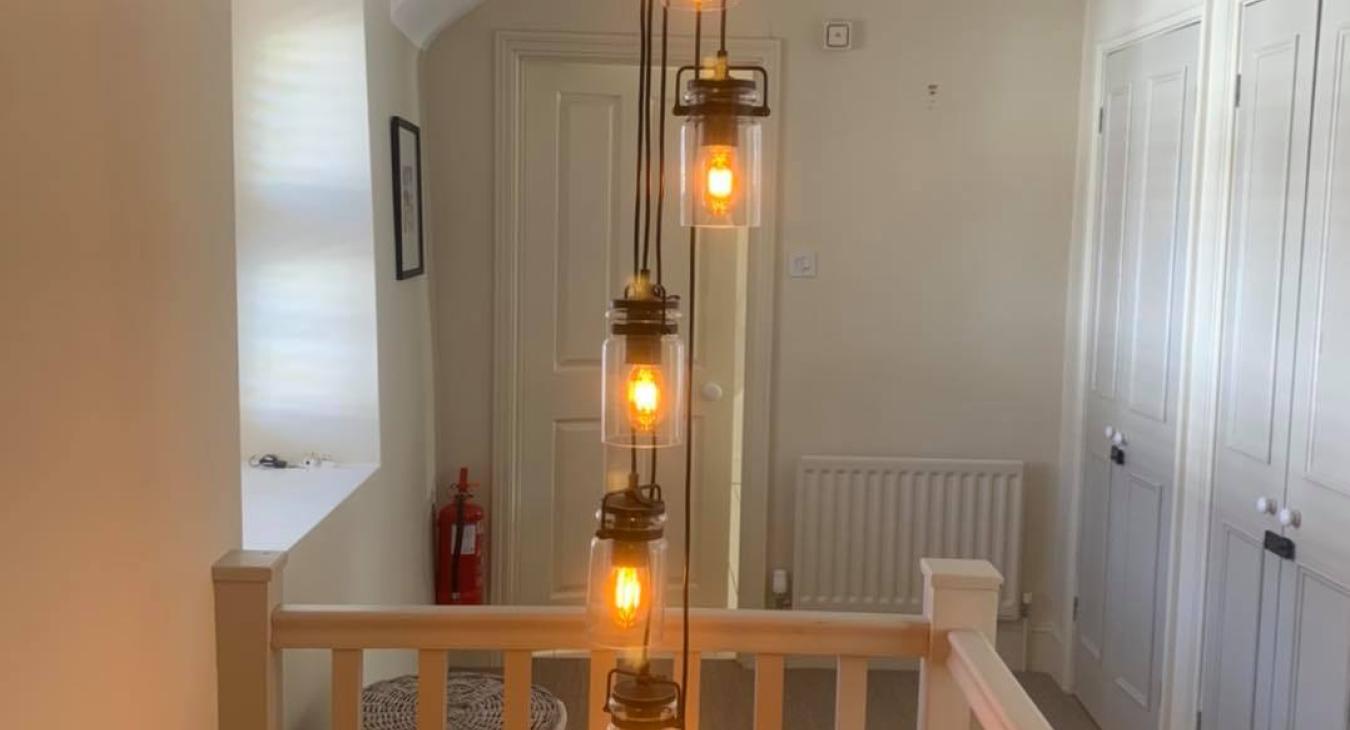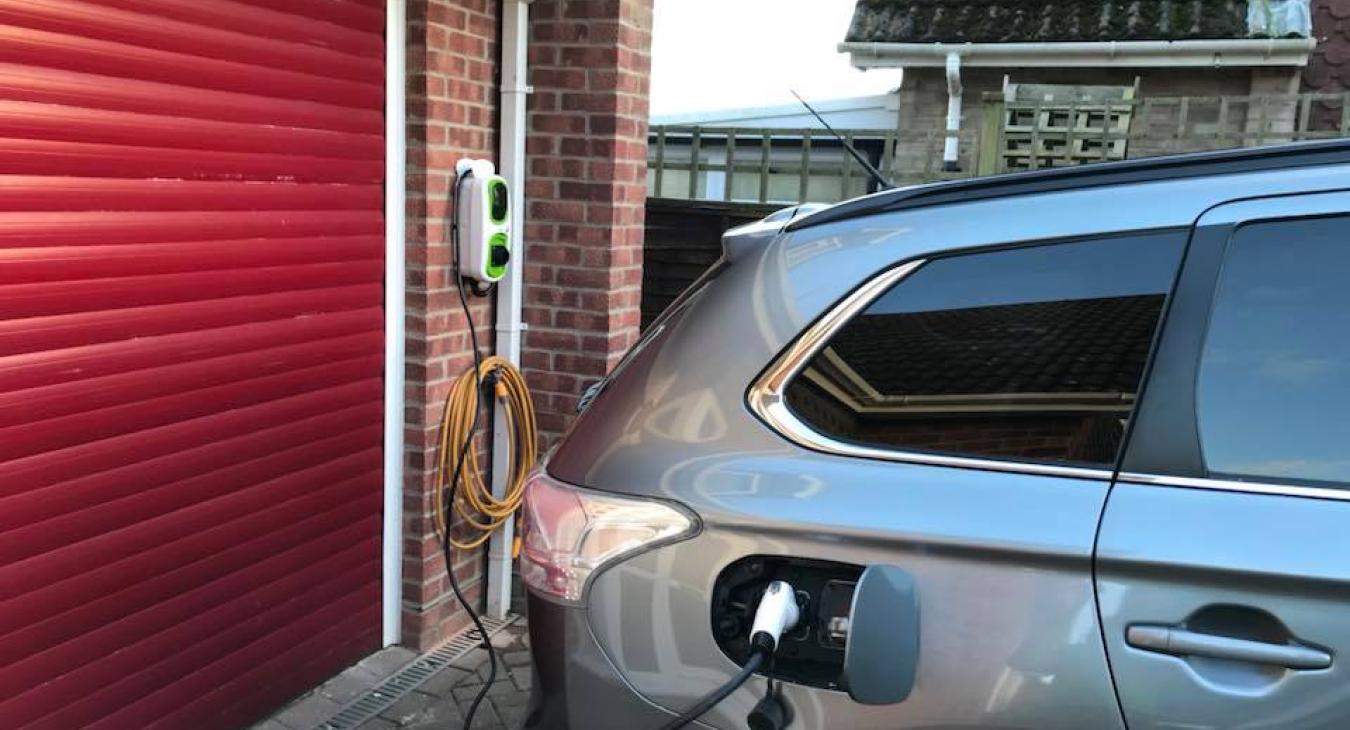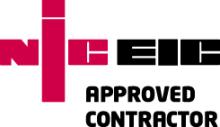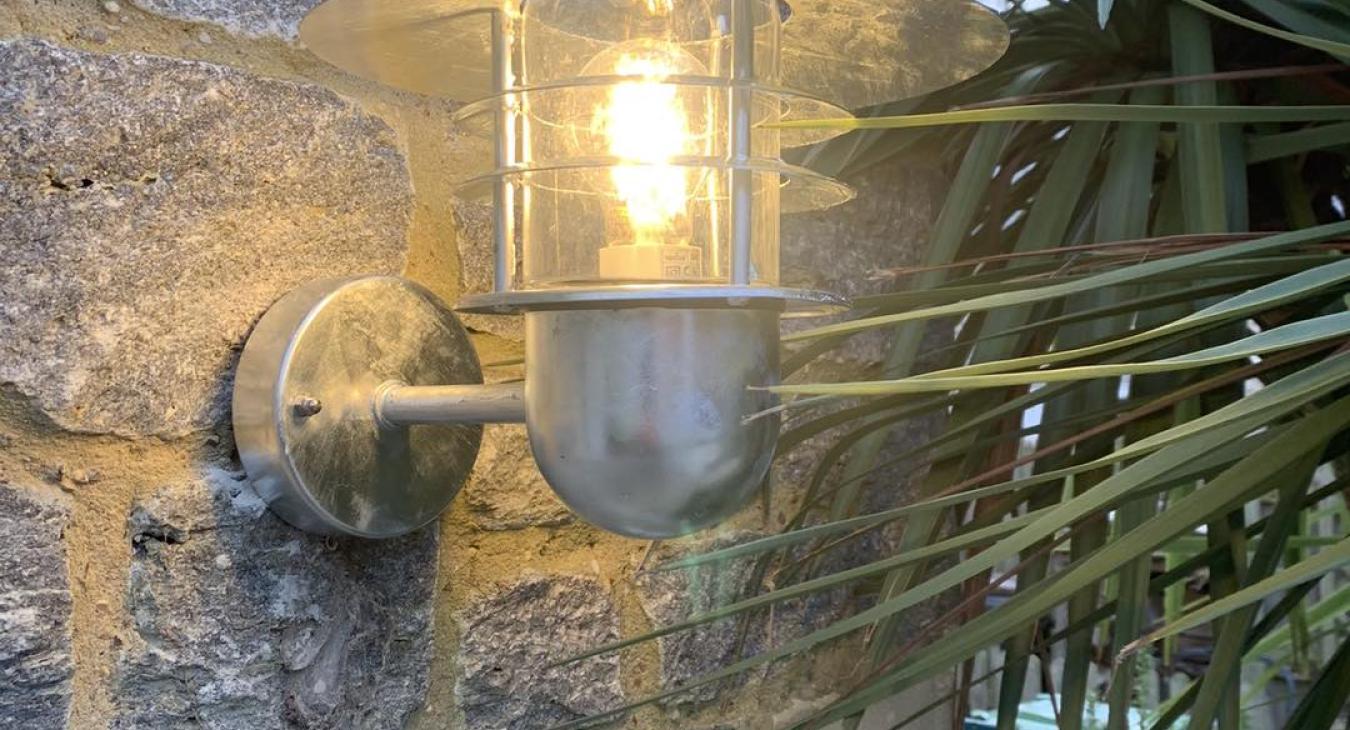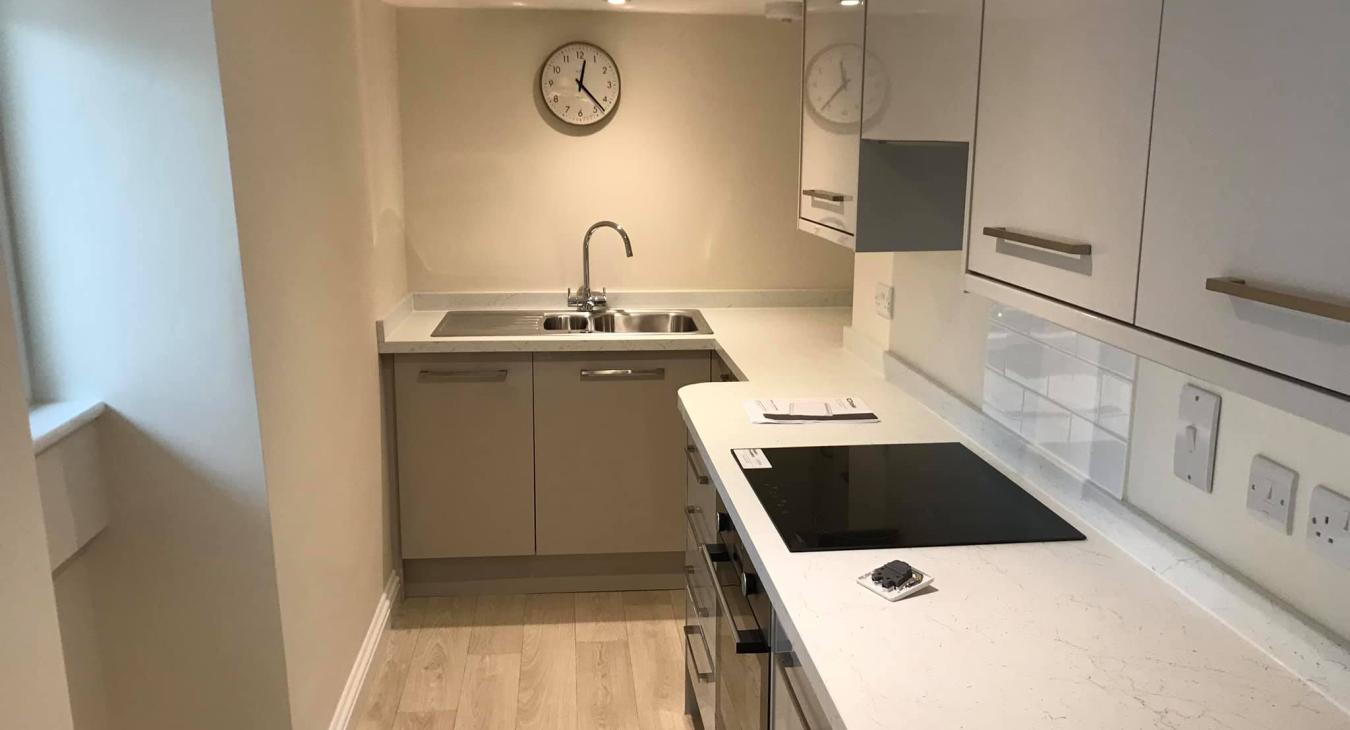Absolutely delighted with Tyne Electrical Services…definitely highly recommend and will use again...thank you.
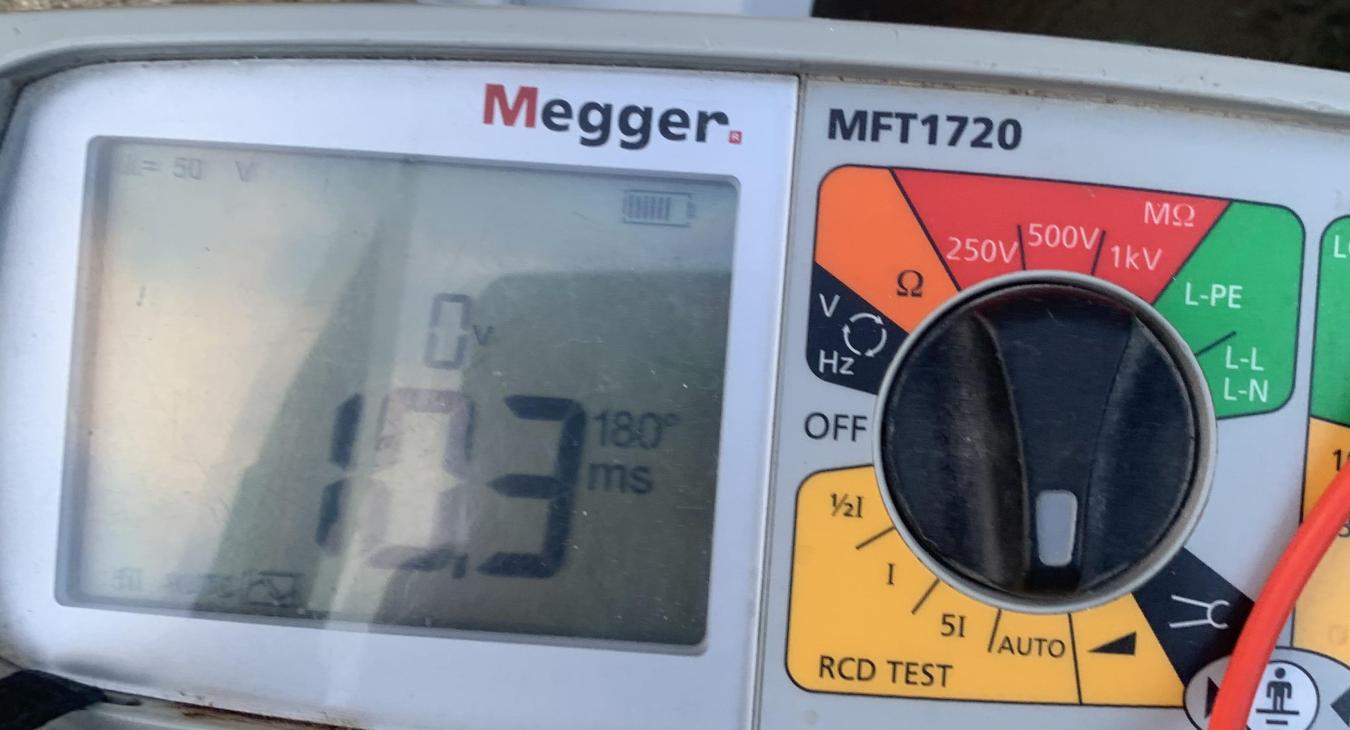
I get many calls from homeowners asking me to carry out an electrical inspection of their property. This is often due to an electrical problem that has arisen such as nuisance tripping of RCD’s and overloaded electrical circuits caused by switching on increased numbers of appliances such as cookers, electric showers and electrical storage heaters.
Following many electrical inspections in East Devon & West Dorset, I am told many times by my clients that they thought an electrical inspection and test would be costly in both time and money - in reality this is not true - many electrical inspection tests I carry out are absolutely fine and it leaves the homeowner or business owner with peace of mind that their home or premises is electrically safe.
Other electrical inspection tests indicate a potential problem which is easily fixed as its been brought to my attention before it becomes an expensive issue.
Many clients are surprised to find that an electrical inspection test is very straightforward and hassle free. In this weeks blog, I'm going to tell you what happens when an electrician comes to your home to carry out an electrical
inspection.
The inspection is based on the electrical system of each individual household or business premises and includes the following:
• The adequacy of earthing and bonding.
• The suitability of the switchgear and controlgear. For example an old fusebox with a
wooden back, cast iron switches, or a haphazard mixture of both will need replacing.
• The serviceability of switches, sockets and light fittings.
• The following may all require replacing; older round pin sockets, round light switches, braided flex hanging from ceiling roses to light fittings, black switches and sockets mounted in skirting boards.
• The type of wiring system and its condition. For example cables coated in black-
rubber were phased out in the 1960s, likewise cables coated in lead or fabric are
even older and may well need replacing (modern cables use pvc insulation).
• The provision of residual current devices for sockets that may be used to plug in
outdoor electrical equipment.
• The presence of adequate identification and notices.
• The extent of any wear and tear, damage or other deterioration.
• The changes in house/ business premises which have led to or may lead to problematic wiring.
If you would like any further information about electrical testing, contact us at Tyne Electrical.

